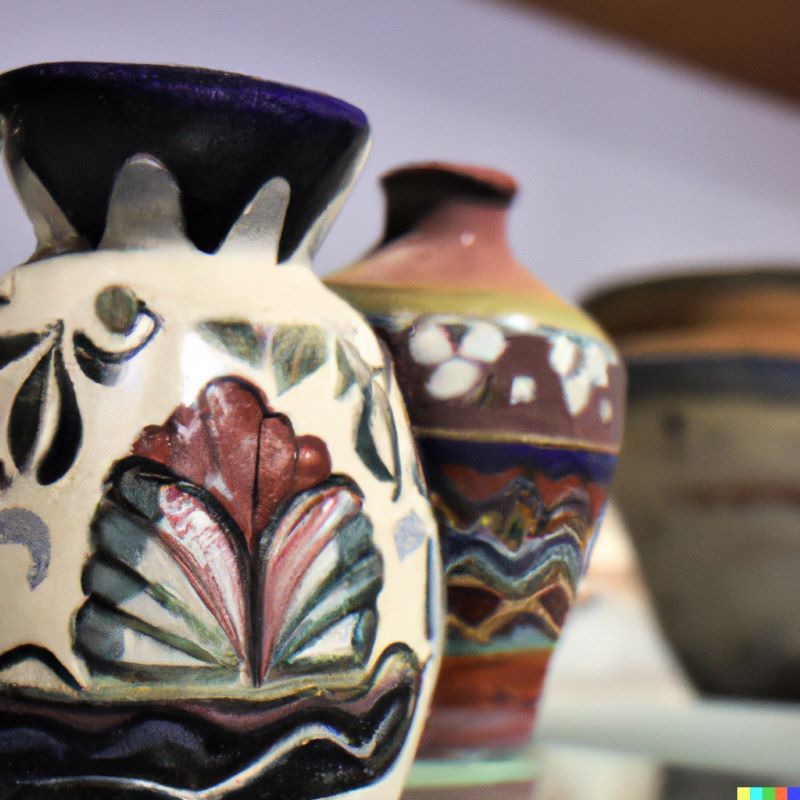Mexico's Treasured Ceramics Through Time and Artistry
Explore the rich history and diverse artistic expression of Mexican ceramics. Learn about the techniques, materials, and influences that have shaped this indigenous craft and where to find the best examples in cities.

Mexican ceramics is a rich and diverse form of indigenous artistic expression that has evolved over centuries. It has roots in the ancient Mexican civilizations, which created numerous ceramic pieces for both practical and ceremonial uses with much imagination and creativity. With the arrival of Spanish and European influences, the tradition expanded, with new techniques and styles being introduced.
Today, Mexican ceramics are produced all over the country, with different regions showcasing their unique styles, techniques, and themes. This introduction talks about some of the best places for Mexican ceramics, like the states of Guanajuato, Guerrero, Jalisco, and others, as well as some of the most important cities in these states.




